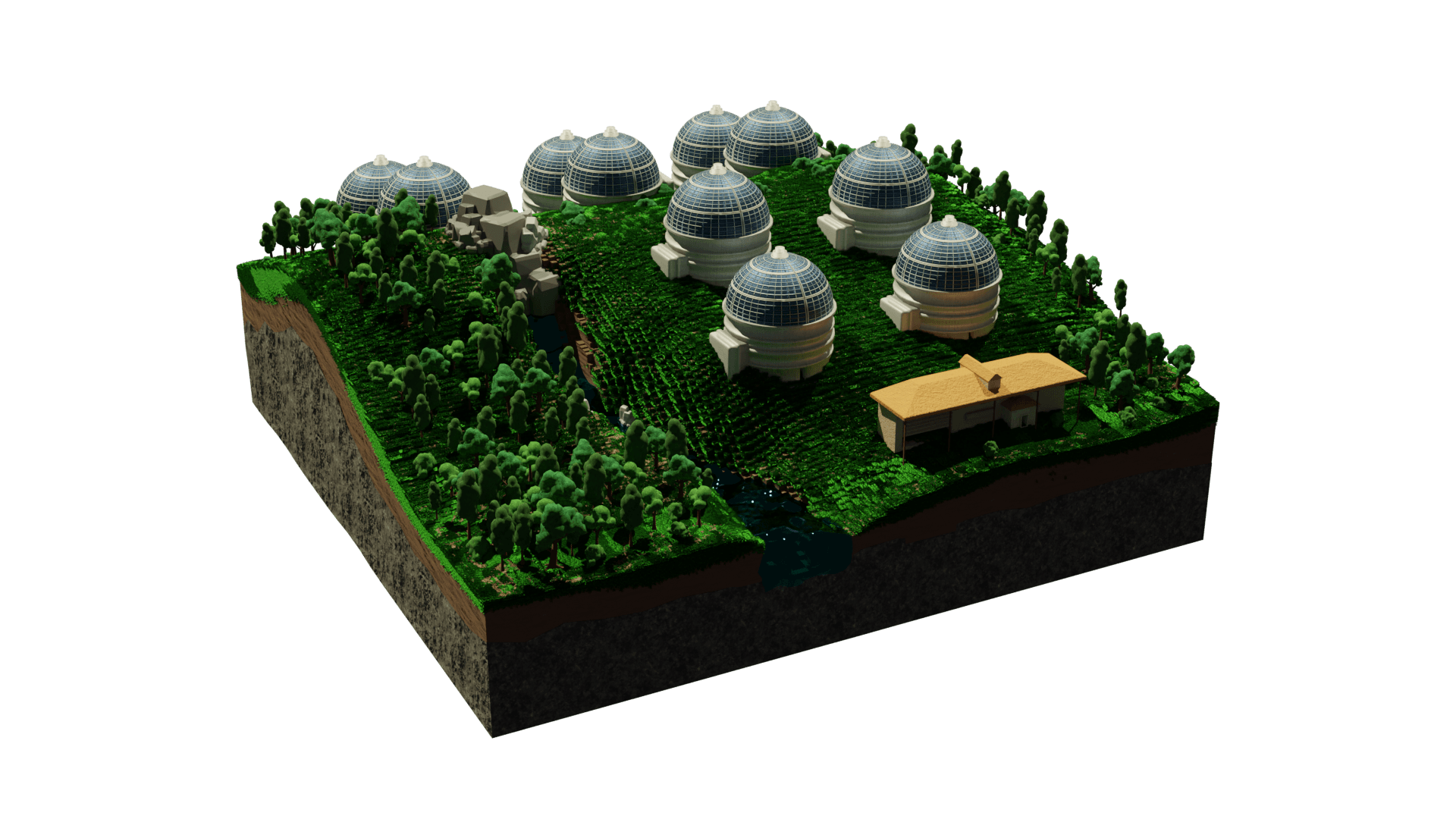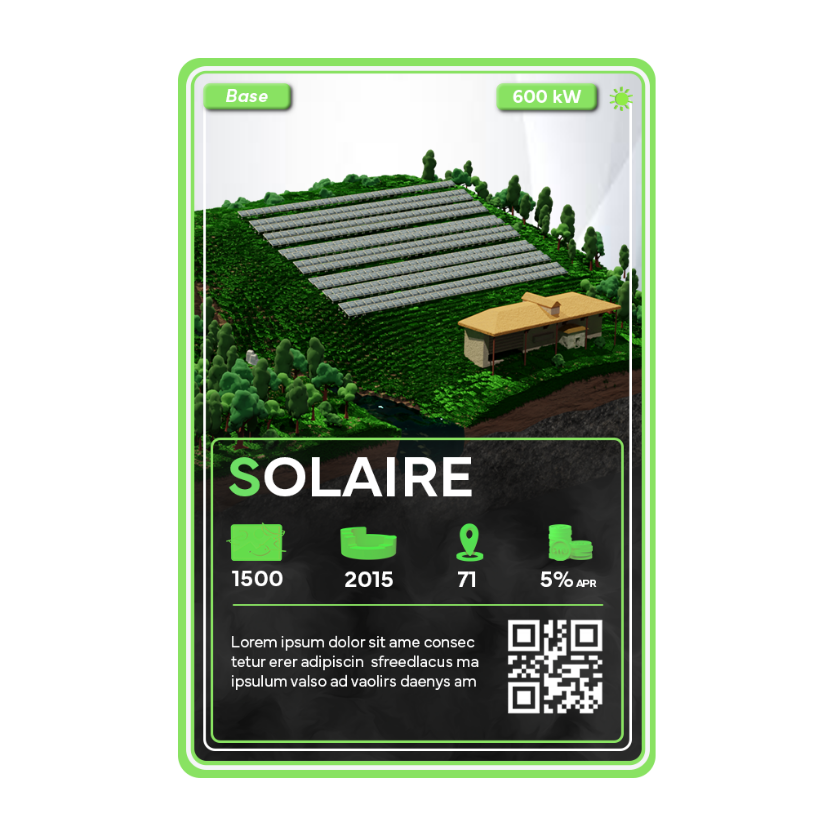
Photovoltaic solar panels: lighting the way for the energy transition
La puissance du soleil a toujours été au cœur de la vie sur Terre, fournissant la chaleur et la lumière dont dépendent toutes les formes de vie. Aujourd'hui, grâce à l'innovation et à la technologie, nous avons trouvé des moyens de capturer cette énergie solaire et de la convertir en électricité utilisable grâce aux panneaux solaires photovoltaïques. Mais comment fonctionnent-ils, et en quoi sont-ils essentiels pour notre transition vers une énergie renouvelable ?



